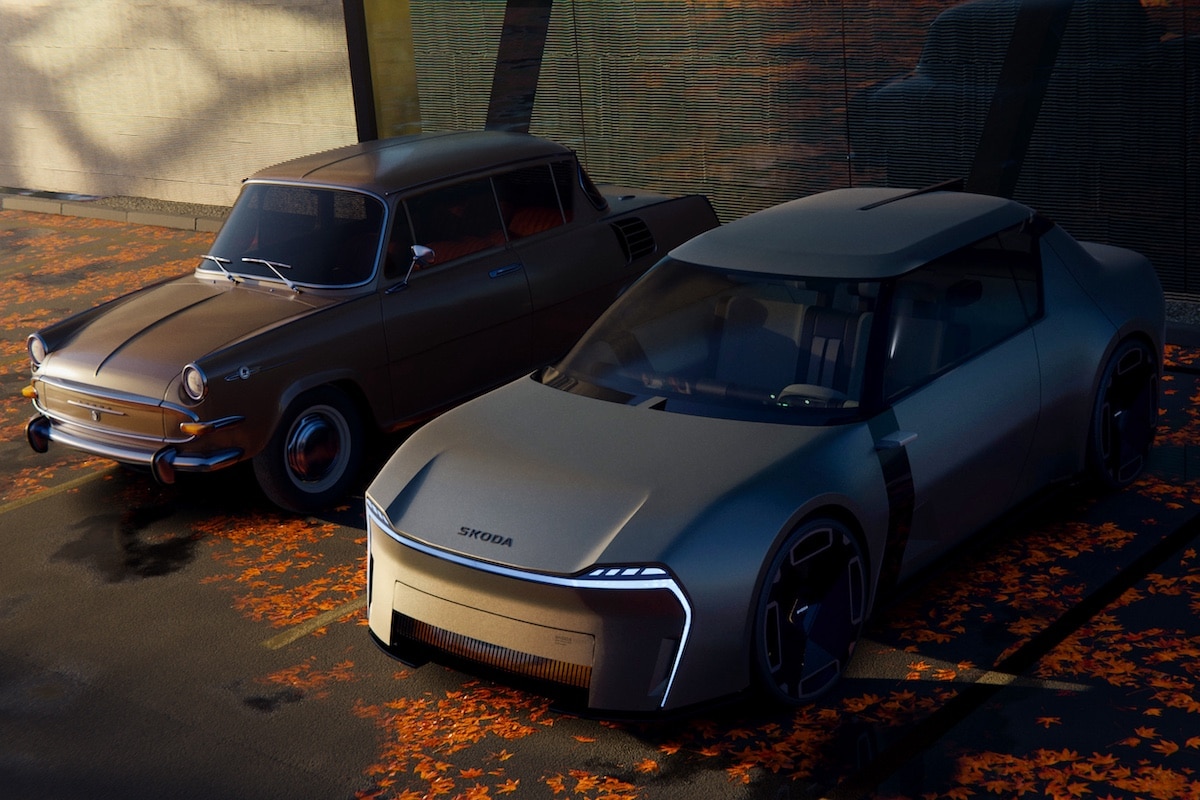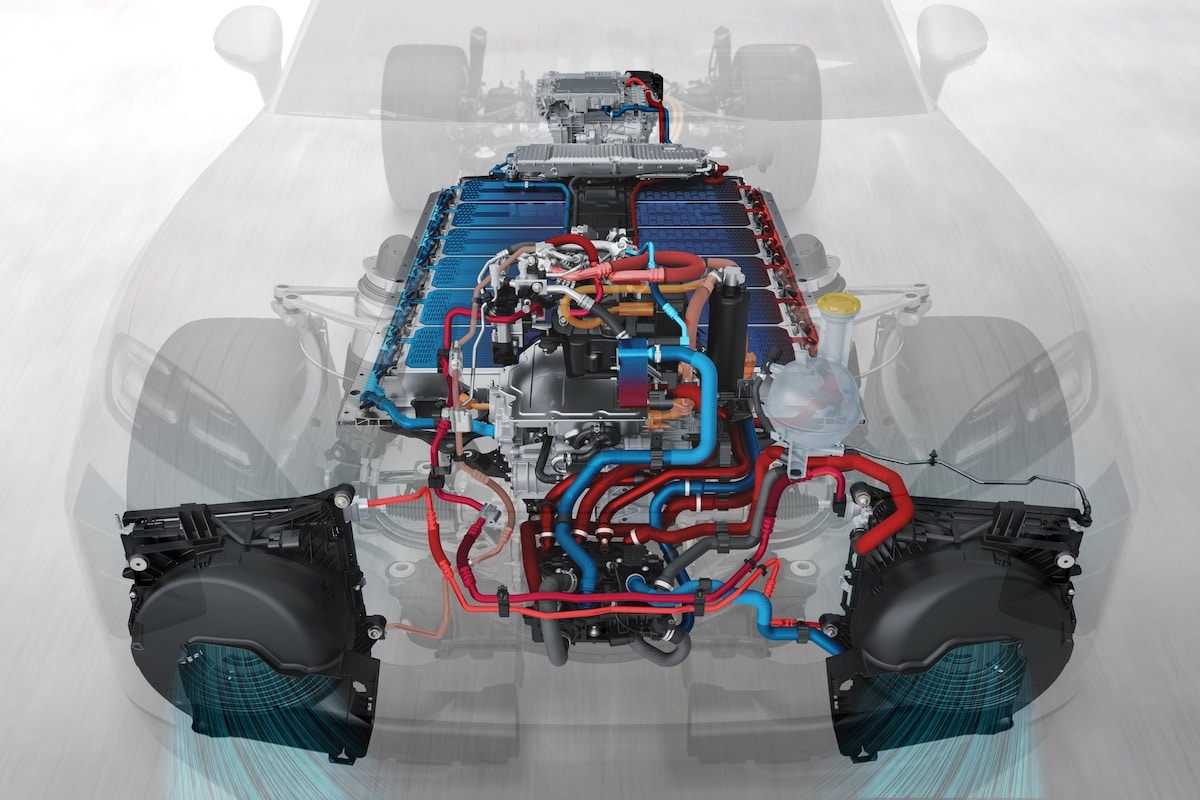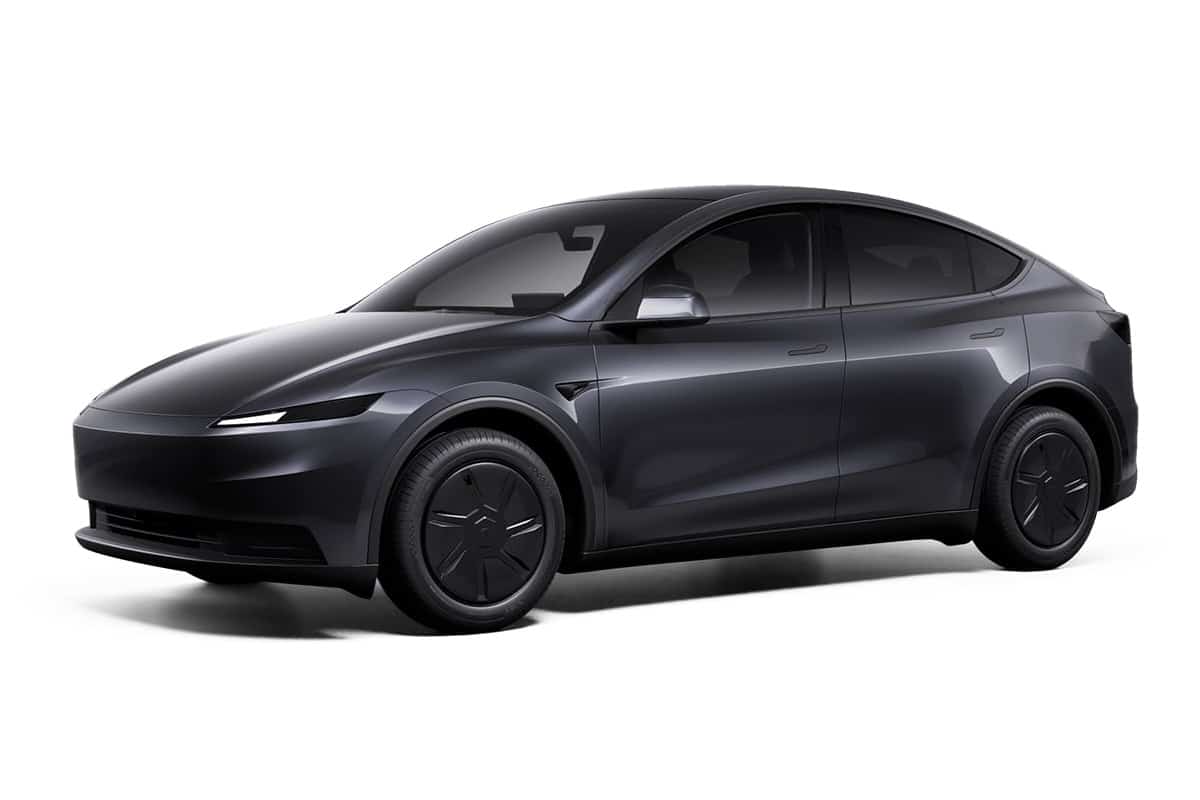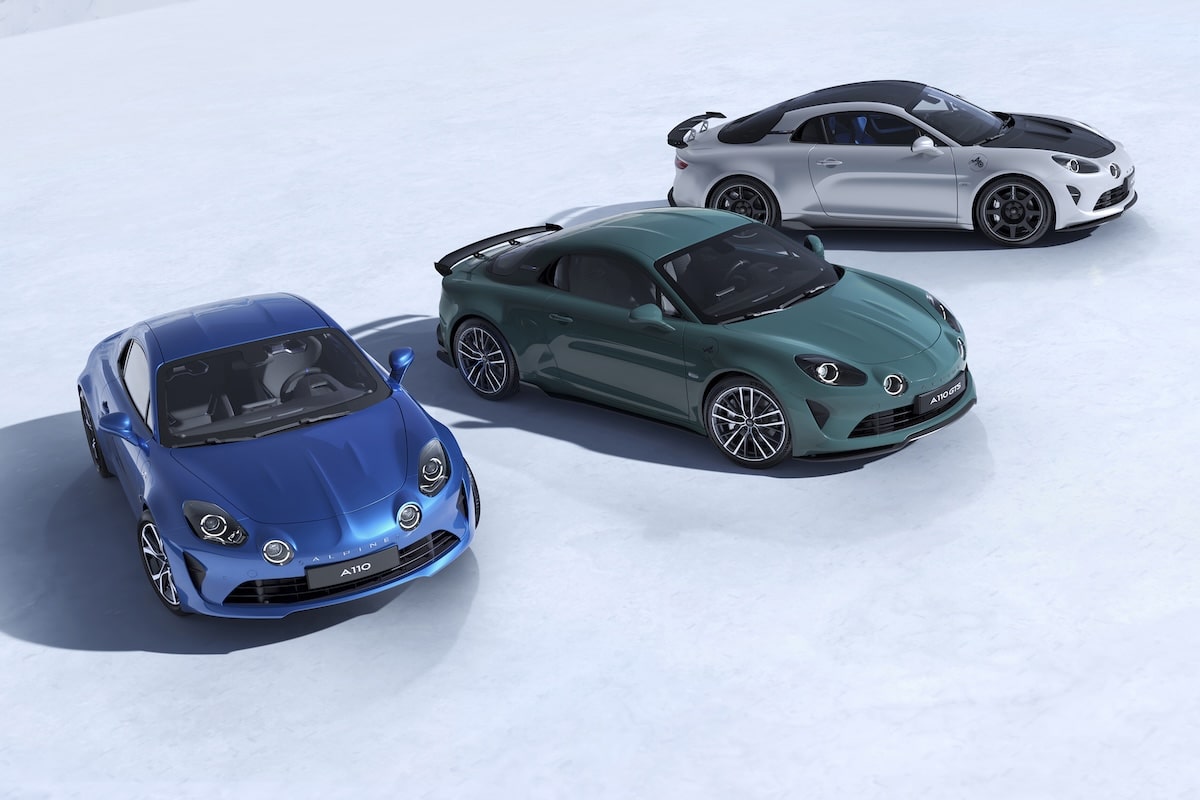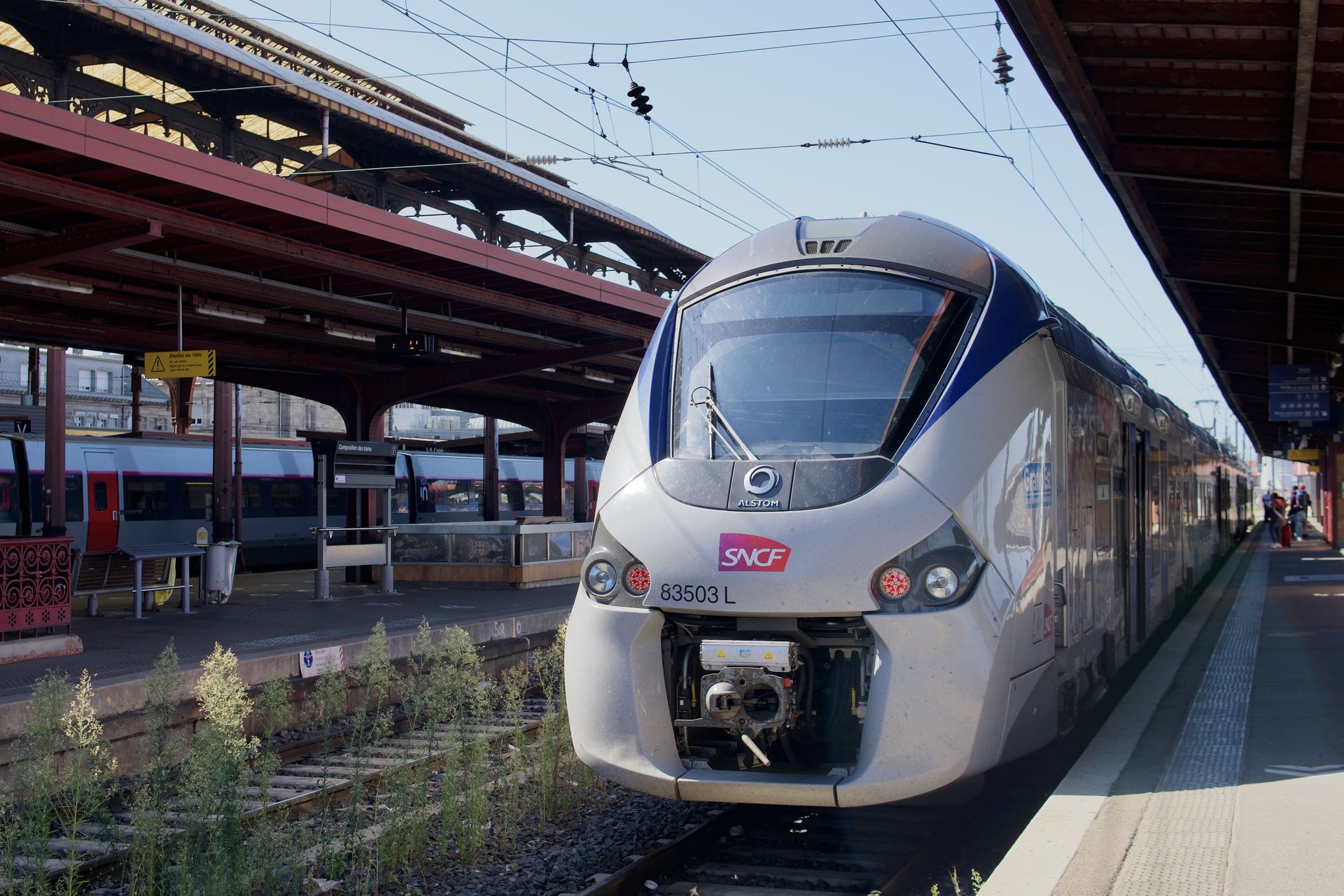This electric car takes the least time to travel 1000 km
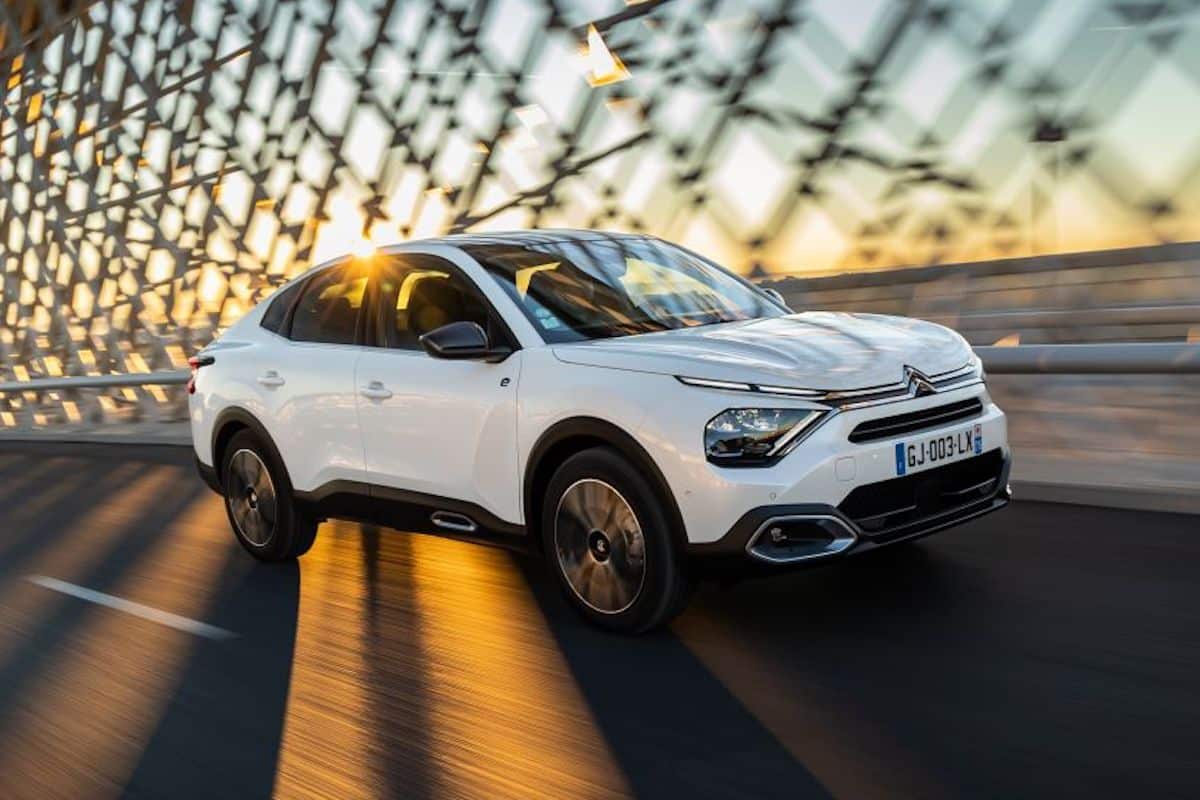
Citroën commissioned the independent UTAC group to compare its ë-C4 X electric vehicle through an original endurance test.
The ability to undertake long trips with peace of mind is one of the main barriers to purchasing electric models. To address this, there are two solutions. Either increase battery size, which is costly and dramatically affects vehicle mass because batteries on an electric vehicle account for about a third of the total weight. More weight means more energy needed, creating a vicious circle.
Citroën chose batteries of a sensible size, a compromise that proves interesting for daily trips where a heavy battery can be a disadvantage. As fast-charging infrastructure keeps expanding, this choice could prove advantageous, but it is still necessary to raise awareness among the general public.
To scientifically demonstrate this, Citroën partnered with UTAC, a leading group in automotive testing, validation, and certification, recognized worldwide. The question posed to them was simple: how long does it take to travel 1,000 km with an electric vehicle, in this case, the ë-C4X? Indeed, this is the question a customer asks when faced with announcements about battery size, homologated range, weight, charging speed, etc., without really knowing how these translate into real-world usage. To provide benchmarks, UTAC was asked to conduct the test under strictly similar conditions with vehicles from the ë-C4 and ë-C4X competitor field: Renault Mégane e-Tech, Volkswagen ID 3, and MG 4.
These models were tested over two days (with identical weather conditions) following the same protocol:
- Steady-speed driving at 120 km/h on the Mortefontaine race track oval
- At the start of the test, the vehicle’s battery is charged to 100% SOC.
- Driving stops at 10% battery charge level.
- Recharging the vehicle up to 80% (recharges were alternated between a 100 kW charging station and a 50 kW station, according to the site’s capacity).
- Repeating the recharges until reaching 1,000 km.
The Citroën ë-C4 X proved to be the fastest to cover 1,000 km, with a total time, including recharges, of 11 hours and 57 minutes. The competitors took between 14 and 67 minutes longer to cover the same distance.
In conclusion, rather than constantly carrying a heavy and expensive battery, it is better to have an optimized battery that recharges quickly. Surprisingly, it can be more effective to stop regularly and briefly than to undertake long distances with much longer stops. All of this makes perfect sense but requires abandoning the bad habit of maximizing kilometers per fill. The new mobility solutions are promising; essentially, it’s about changing our driving consumption habits.
ALSO READ: 100 years of innovation at UTAC’s Linas-Montlhéry Motor Circuit
This page is translated from the original post "Cette voiture électrique met le moins de temps à parcourir 1000 km" in French.
We also suggestthese articles:
Also read
